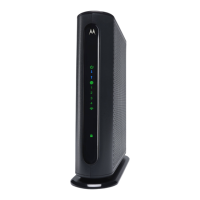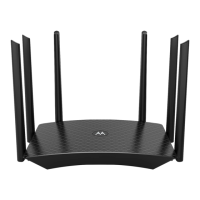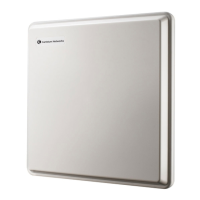Chapter 5
| SNMP Commands
SNMP Target Host Commands
– 144 –
To send an inform to a SNMPv2c host, complete these steps:
1. Enable the SNMP agent (page 138).
2. Create a view with the required notification messages (page 148).
3. Create a group that includes the required notify view (page 146).
4. Allow the switch to send SNMP traps; i.e., notifications (page 141).
5. Specify the target host that will receive inform messages with the
snmp-server host command as described in this section.
To send an inform to a SNMPv3 host, complete these steps:
1. Enable the SNMP agent (page 138).
2. Create a remote SNMPv3 user to use in the message exchange process
(page 147).
3. Create a view with the required notification messages (page 148).
4. Create a group that includes the required notify view (page 146).
5. Allow the switch to send SNMP traps; i.e., notifications (page 141).
6. Specify the target host that will receive inform messages with the
snmp-server host command as described in this section.
◆ The switch can send SNMP Version 1, 2c or 3 notifications to a host IP address,
depending on the SNMP version that the management station supports. If the
snmp-server host command does not specify the SNMP version, the default is
to send SNMP version 1 notifications.
◆ If you specify an SNMP Version 3 host, then the community string is interpreted
as an SNMP user name. The user name must first be defined with the snmp-
server user command. Otherwise, an SNMPv3 group will be automatically
created by the snmp-server host command using the name of the specified
community string, and default settings for the read, write, and notify view.
Example
Console(config)#snmp-server host 10.1.19.23 batman
Console(config)#
Related Commands
snmp-server enable traps (141)

